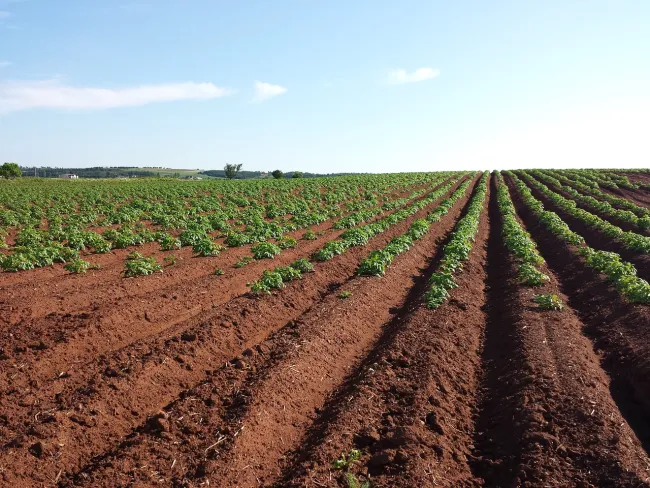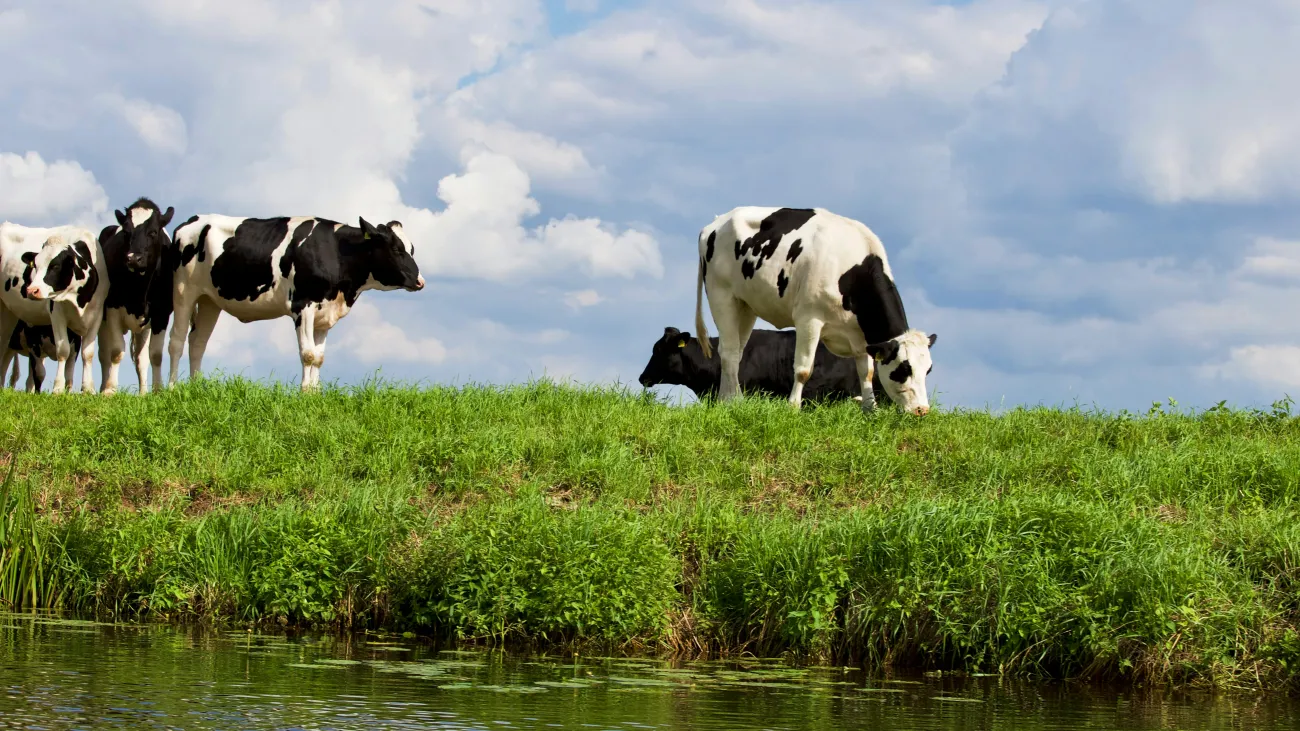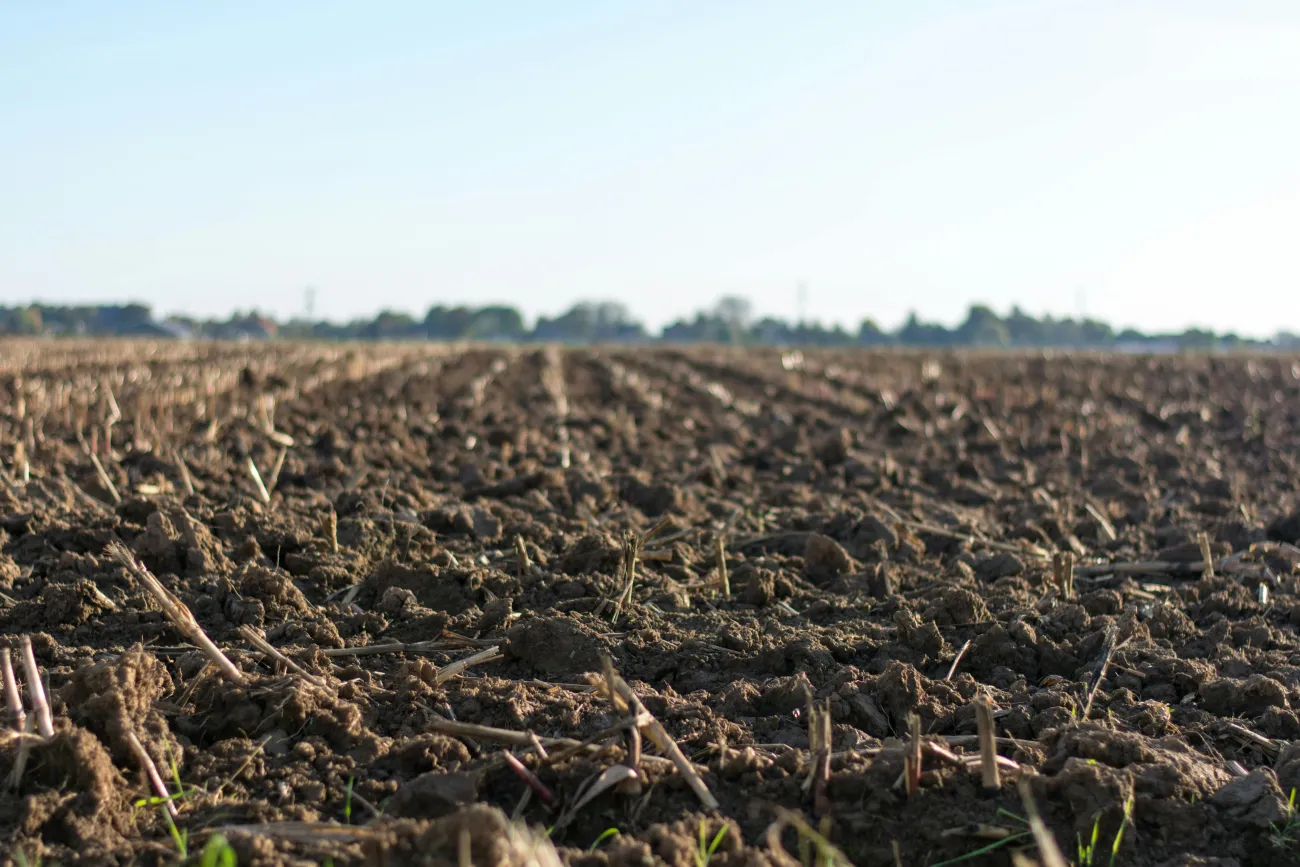This paper reviews the evidence around the performance of various strategies used within conservation agriculture with respect to crop production, soil and water conservation, and carbon sequestration. It finds that no-till farming leads to an average decrease of 1.9% in crop yield, while residue retention leads to an average increase of 8.2% in crop yield.

The paper defines conservation agriculture as the combination of three principles: no-tillage or reduced tillage, permanent residue retention, and crop rotation. No-tillage is typically seen as the central feature of conservation agriculture, but its effectiveness in increasing crop yields has been disputed. The authors therefore aimed to tease out the impacts of the individual principles of conservation agriculture by reviewing 49 peer-reviewed meta-analyses from around the world. There was, however, a lack of quantitative information on crop rotation.
With regards to crop production, no-tillage led to a decline in crop output in most cases, compared to conventional tillage. The range was -8.0% (decline in yields) to +10.0% (increase in yields), with an average of -1.9%. Residue retention was more beneficial for yields, producing a range of 4.0% to 28.0%, with an average +8.2% increase in yields. Combining both no-tillage and residue retention produced a 6.0% average increase in yields (range: -1.0% to +10.2%). The authors attribute the differences in performance to the compaction of soil and resulting reduction in water availability to plants that can happen with no-tillage farming.
Both no-till and residue retention produce lower levels of runoff than conventional tillage, but the benefit appears to be greater in the case of residue retention: a 45.5% decrease on average, compared to a 10.0% decrease for no-tillage. The reduction in sediment loss (from water erosion) is greater under residue retention (55.5%) than under no-tillage (26.0%). The authors suggest that soil compaction found with no-tillage can inhibit the soil’s ability to soak up water.
With regards to carbon sequestration, the paper notes that experimental results depend very strongly on the depth of soil that is sampled: while some studies report significantly higher carbon sequestration rates under conservation tillage than under conventional tillage, they are often only looking at the top 10cm to 30cm of soil. For sample depths greater than 40cm, conservation tillage produces only small increases in carbon sequestration, and no-tillage can even cause a loss of carbon between 20cm and 40cm - possibly because crop residues are not incorporated into the deeper layers of soil due to the lack of tillage.
Abstract
Despite the strong recommendations from scientists, to till or not to till remains a confusing question for many farmers around the world due to the worries of crop yield decline and negative impacts on soils and environment. A confused understanding of the role of the individual principles of conservation agriculture significantly limits the effectiveness and applicability of soil conservation strategies and frameworks to achieve sustainable agriculture. By distinguishing clearly between the different principles of conservation agriculture, the net effects of no-tillage on improving and sustaining agro-ecosystems are analyzed based on 49 recent meta-analyses in this study. The review shows that no-tillage leads to a significant decline of crop yield (−8.0% to 10.0%, median: −1.9%), whereas residue retention represents the key driver for improving crop production (4.0%–28.0%, median: 8.2%). The efficacy of no-tillage for water erosion control, especially runoff (−24.0% to −0.7%, median: −10.0%), is often insignificant and otherwise lower compared to residue retention (−87.0% to −14.0%, median: −45.5%). Soil carbon sequestration potential under conservation tillage is quite limited or even close to zero, and if any, it can likely be attributed to the associated residue retention (−0.1% to 12.8%, median: 9.7%) rather than no-tillage (−2.0% to 10.0%, median: 4.8%). Our analysis illustrates that in conservation agriculture, no-tillage as the original and central principle of soil management is often less effective than associated supplementary measures, in particular residue retention. Residue retention may therefore play a key role for achieving sustainable land use. An additional benefit of residue retention is the less dramatic change of farming practices compared to no-tillage. The results of this review illustrate that a new framework for assessing the benefits of conservation practices has to be developed. To till, or not to till, is not the question: residue retention seems more critical.
Reference
Xiao, L., Kuhn, N.J., Rongqin, Z. and Cao, L., 2021. Net effects of conservation agriculture principles on sustainable land use: a synthesis. Global Change Biology, Early View.
Read the full paper here. See also the TABLE infographic Exploring the ebbs and flows of different agricultural movements.




Comments (0)